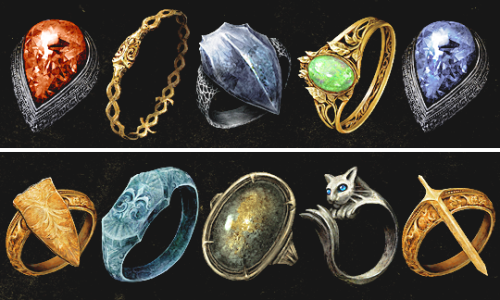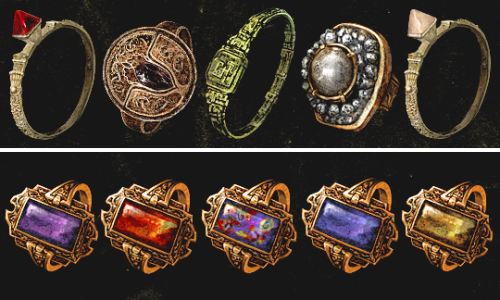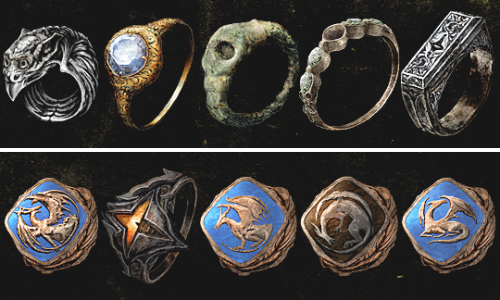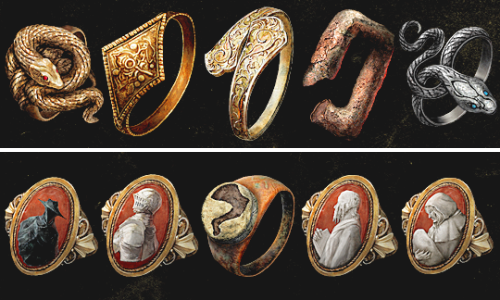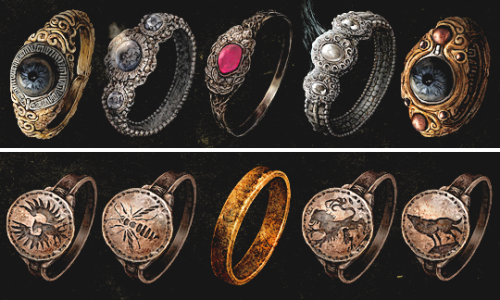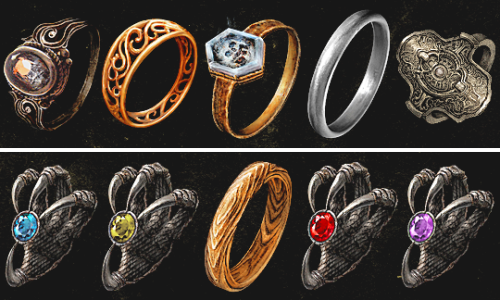A Cold Ride Home.

A cold ride home.
More Posts from Othermanymore and Others
Why do artists refuse to use references why why why.
It’s not a contest to see who can get by without them. It’s not cheating to look at a thing in order to know what the thing looks like.
You don’t get stronger or better by pretending. Nobody is impressed by the awkward whatever-it-is you just drew. Use references.



Pan’s Labyrinth (2006) Directed by Guillermo del Toro




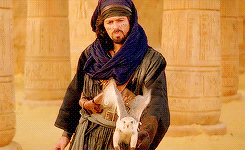



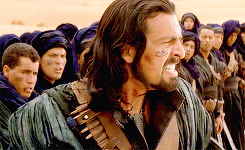

Fangirl Challenge || 1/5 Male Characters: Ardeth Bay ↳The Mummy (1999) & The Mummy Returns (2001)

Malachite, Pseudomalachite
Cu2CO3(OH)2, Cu5(PO4)2(OH)4
Locality:
Mociços Mine, Nossa Senhora da Conceição, Alandroal, Évora District, Portugal
Field of View: 5.4 mm
Arborescent aggregates (like trees) of malachite crystals on pseudomalachite.
Pedro Alves’ Photo
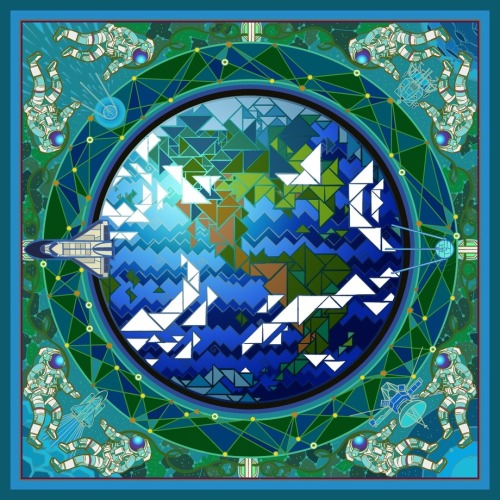



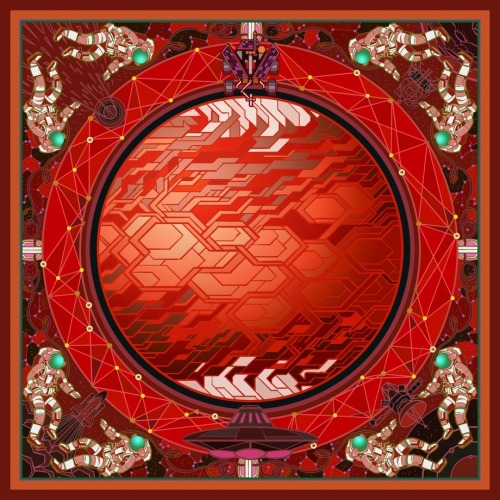
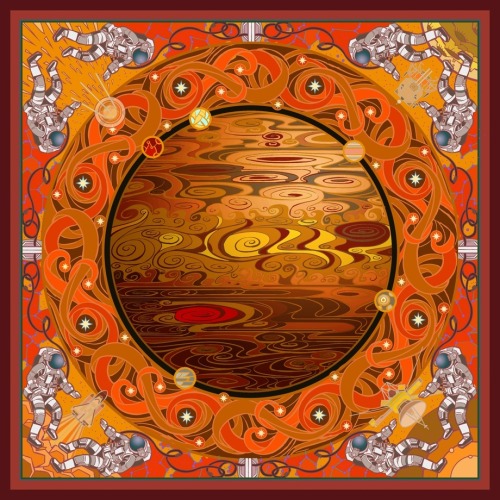
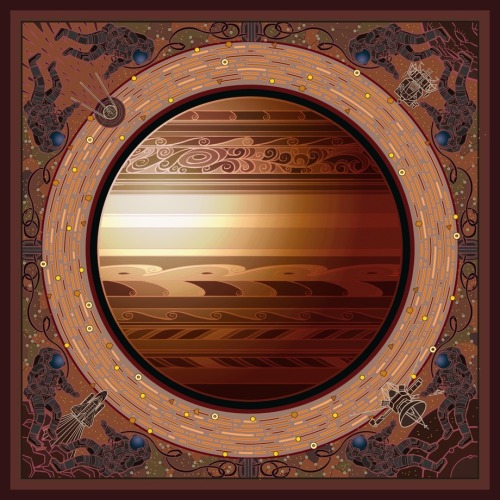


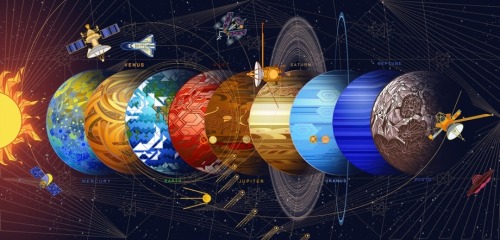
Solar System by Jian Guo on inprnt
See more illustration
So Super Awesome is also on Facebook, Pinterest and Instagram


Manhattan Project Glass from Hanford, Washington
This glass was used at the Hanford Washington Manhattan Project location, one of the biggest and most undercover operations the United States military has ever done. It started during WWII in the late 30’s and went on through the cold war era. There were three main facilities around the nation that took part in the making of the first atomic bombs. At Hanford, they created the first plutonium ever to exist, which went into the Trinity bomb in New Mexico, the first man-made nuclear blast, and the plutonium for the Fat Man Bomb dropped on Nagasaki, Japan.
This piece is 70% lead with a deep yellow color. It comes on basalt pillar base, cut flat, polished top, core drilled with a LED light set into the stone to illuminate the specimen. The base is 8" in diameter and 34" tall. Approximate weight of display is 200lbs.
When a videogame character calls you their friend:

When a videogame character calls you their family:

Creating plots with the zigzag method
I’ve learned this method years ago and I’ve been using it ever since. The zigzag plot creator starts like this:

An crescent zigzag.
You can have as many up and downs as you want. I’ve drawn six to keep it simple. Alright, this zigzag is your storyline and every corner is an important event that will change everything:

Every down represents a bad thing happening to your main characters, taking them further away from their goal. Every up is a good event, taking them closer to their goal:

So, when the zigzag goes down, something bad must happen. When the zigzag goes up, something good must happen. The reason why we drew a crescent zigzag is because every down must be worse than the previous, and every up must be better than the previous. As the zigzag advances, events become more serious and relevant.

Let’s apply the zigzag method. My storyline is a detective trying to catch a serial killer in a futuristic city. Minutes later, this is what I’ve got:

Start: Detective, our protagonist, is just promoted
Down #1: Mass suicide happens in town, detective gets the case, the whole town thinks it might have been a religious suicide act, but detective suspects that someone single-handed killed all those people
Up #1: Detective finds clue about a possible killer
Down #2: A bigger mass murder happens, a true massacre, it’s a definitely a murder
Up #2: Detective finds the killer’s trail
Down #3: Thinking he is ahead of time, close to catching the killer, detective ends up dead in another mass murder
Up #3: Because of his notes and discoveries, the police is able to find the killer before they leave town
From this point on you can play with zigzag as much as you want. For example, changing the orientation of the zigzag for a bad ending:

Lots of ups and downs:

Or just a few:

It’s up to you (see what I did there?).
You can plot any type of story with the zigzag method. It’s a visual and easy process for a very complex task.
-
 foulkidsharkspy liked this · 2 years ago
foulkidsharkspy liked this · 2 years ago -
 dark00silhouette liked this · 5 years ago
dark00silhouette liked this · 5 years ago -
 kierroy liked this · 5 years ago
kierroy liked this · 5 years ago -
 grapequartzreblogs reblogged this · 5 years ago
grapequartzreblogs reblogged this · 5 years ago -
 dovabunny liked this · 5 years ago
dovabunny liked this · 5 years ago -
 kaiyeti reblogged this · 5 years ago
kaiyeti reblogged this · 5 years ago -
 kaiyeti liked this · 5 years ago
kaiyeti liked this · 5 years ago -
 weathergirl1 reblogged this · 5 years ago
weathergirl1 reblogged this · 5 years ago -
 weathergirl1 liked this · 5 years ago
weathergirl1 liked this · 5 years ago -
 maggotz4lunch liked this · 5 years ago
maggotz4lunch liked this · 5 years ago -
 nsfwmalkie liked this · 5 years ago
nsfwmalkie liked this · 5 years ago -
 cheapciara liked this · 5 years ago
cheapciara liked this · 5 years ago -
 swagmongerranchwombat liked this · 5 years ago
swagmongerranchwombat liked this · 5 years ago -
 laurenlastremercado23-blog1 liked this · 5 years ago
laurenlastremercado23-blog1 liked this · 5 years ago -
 afrowonder liked this · 5 years ago
afrowonder liked this · 5 years ago -
 lycanwillow liked this · 5 years ago
lycanwillow liked this · 5 years ago -
 burning-autumn-leaves liked this · 5 years ago
burning-autumn-leaves liked this · 5 years ago -
 coolname2 liked this · 5 years ago
coolname2 liked this · 5 years ago -
 komaedanagithoe reblogged this · 5 years ago
komaedanagithoe reblogged this · 5 years ago -
 komaedanagithoe liked this · 5 years ago
komaedanagithoe liked this · 5 years ago -
 ollieoxyn reblogged this · 5 years ago
ollieoxyn reblogged this · 5 years ago -
 ollieoxyn liked this · 5 years ago
ollieoxyn liked this · 5 years ago -
 tobias973-blog liked this · 5 years ago
tobias973-blog liked this · 5 years ago -
 kitty-cham liked this · 5 years ago
kitty-cham liked this · 5 years ago -
 musinglotus liked this · 5 years ago
musinglotus liked this · 5 years ago -
 liaraliarstudios liked this · 5 years ago
liaraliarstudios liked this · 5 years ago -
 krancy liked this · 5 years ago
krancy liked this · 5 years ago -
 saturninespace liked this · 5 years ago
saturninespace liked this · 5 years ago -
 cyootiepai liked this · 5 years ago
cyootiepai liked this · 5 years ago -
 softnaptime liked this · 6 years ago
softnaptime liked this · 6 years ago -
 otakunerd19 liked this · 6 years ago
otakunerd19 liked this · 6 years ago -
 awesomeflowermoonstuff-blog liked this · 6 years ago
awesomeflowermoonstuff-blog liked this · 6 years ago -
 some-weirdo-person liked this · 6 years ago
some-weirdo-person liked this · 6 years ago -
 flowerzbloozworld liked this · 6 years ago
flowerzbloozworld liked this · 6 years ago -
 onithelovedemon liked this · 6 years ago
onithelovedemon liked this · 6 years ago -
 stdrawberries-lemonade liked this · 6 years ago
stdrawberries-lemonade liked this · 6 years ago -
 cursed-saphire-hart reblogged this · 6 years ago
cursed-saphire-hart reblogged this · 6 years ago -
 deerdeardarling liked this · 6 years ago
deerdeardarling liked this · 6 years ago -
 jeennifermontoya liked this · 6 years ago
jeennifermontoya liked this · 6 years ago -
 mrs-fizzy-sprite202 liked this · 6 years ago
mrs-fizzy-sprite202 liked this · 6 years ago -
 spasite74 liked this · 6 years ago
spasite74 liked this · 6 years ago -
 hello-ebear liked this · 6 years ago
hello-ebear liked this · 6 years ago -
 perfect-pines liked this · 6 years ago
perfect-pines liked this · 6 years ago -
 stock-puppet liked this · 6 years ago
stock-puppet liked this · 6 years ago -
 nightwere-mojo liked this · 6 years ago
nightwere-mojo liked this · 6 years ago -
 notelgesugha reblogged this · 6 years ago
notelgesugha reblogged this · 6 years ago -
 notelgesugha liked this · 6 years ago
notelgesugha liked this · 6 years ago -
 thesharkee reblogged this · 6 years ago
thesharkee reblogged this · 6 years ago





